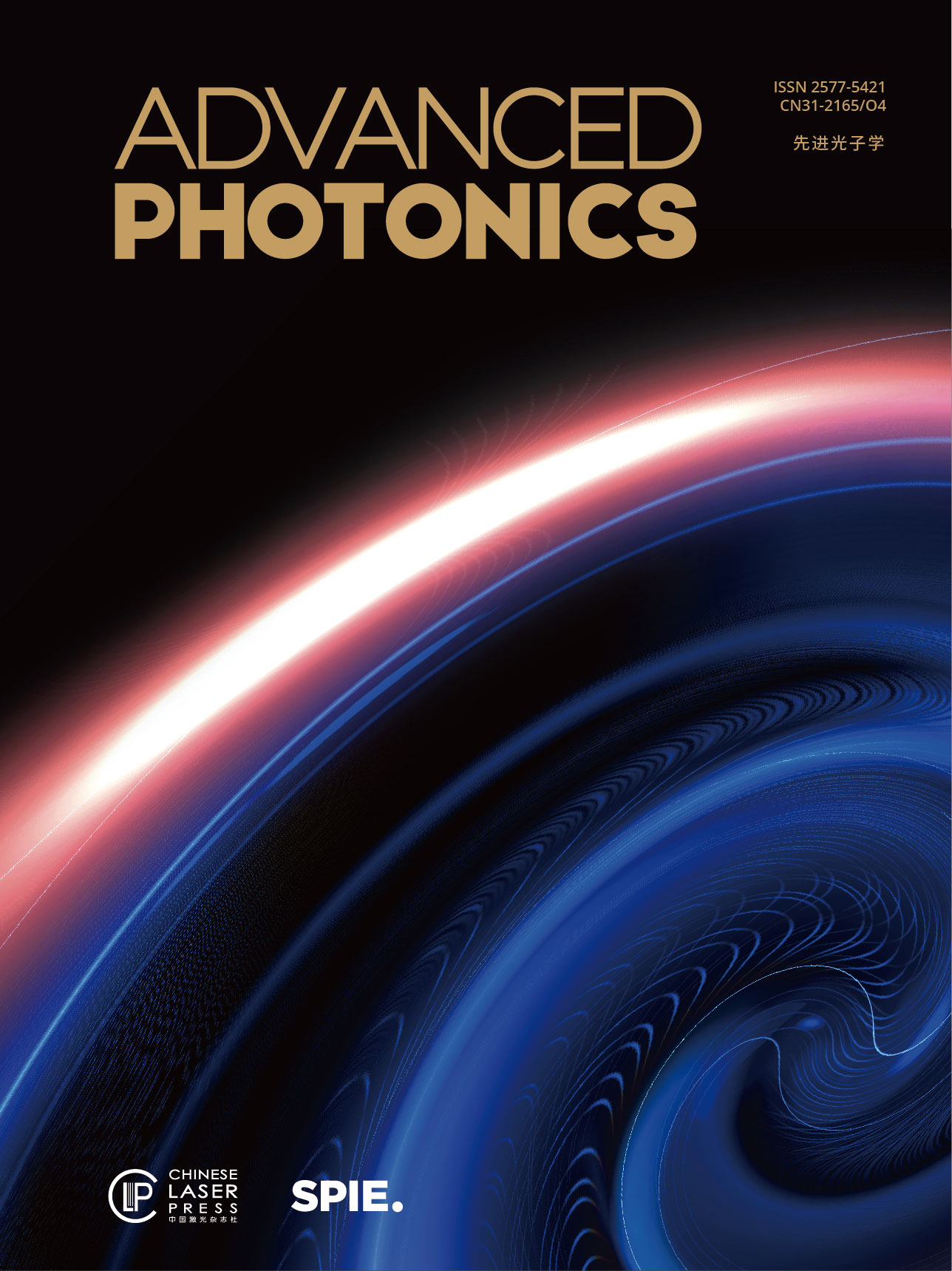
Strategies for achieving white-light emission from organic aggregates. Credit: The Hong Kong University of Science and Technology.
The adoption of high-dimensional quantum states in quantum information protocols enables better performances in applications ranging from secure quantum communications to fault-tolerant quantum computation. Development of universal protocols able to engineer arbitrary high-dimensional quantum states would be a significant achievement. Several strategies and platforms have been proposed and developed to this end. Quantum-walk (QW) dynamics have been shown to allow development of universal, platform-independent state engineering protocols. However, the unavoidable presence of noise, and imperfections in the characterization of experimental apparatuses, diminish the overall quality of the state generation.
To overcome these limitations, a team of researchers from Sapienza Università di Roma, Queen's University of Belfast, and Università degli Studi di Palermo, demonstrate the use of an adaptive optimization protocol that can engineer arbitrary high-dimensional states, as reported in Advanced Photonics. Within a fully black-box scenario, the protocol tunes the relevant experimental parameters relying only on the measured agreement between produced and target state, without needing a description of the generation setup.

Conceptual scheme of the engineering protocol. a) The optimization algorithm tunes the parameters to optimize the engineering performance of an arbitrary target walker state. b) OAM mode modification during the iterations of the algorithm. In the first iteration, the beam shape is completely random, during the evolution it improves until it almost completely coincides with the target state. Image credit: Suprano et al., doi 10.1117/1.AP.3.6.066002
The authors present an experimental verification of the proposed protocol using the orbital angular momentum (OAM) of classical light and single photons. OAM is a degree of freedom of the electromagnetic field related to its spatial and phase profile. Since the OAM is an infinite-dimensional degree of freedom, it is suitable for encoding arbitrary high-dimensional quantum states. The authors experimentally implement the protocol using a state-generation platform based on quantum-walk dynamics in the OAM and polarization degrees of freedom. By tuning the parameters of the operators acting on the polarization state, an arbitrary walker state encoded in the OAM space can be engineered. The proposed optimization algorithm then performs an online tuning of the experimental parameters driving the dynamics to obtain the desired outcome.
The optimization protocol is shown to perform well when subject to experimental noisy conditions, for several four-dimensional target OAM states. Finally, the team investigated the adaptability of the protocol by introducing time-varying noise as external perturbation on the values of the parameters. The protocol found the new optimal solution after the introduction of these external perturbations. The proposed protocol is applicable in a wide variety of circumstances, even in presence of disturbance, without needing significant fine-tuning.
According to senior author Fabio Sciarrino, head of the Quantum Information Lab in the Department of Physics of Sapienza Università di Roma, "The proposed dynamical learning protocol will be beneficial for several quantum information tasks that require finding optimal values of experimental parameters under noisy conditions."


